Herb Garden Designs - Different Ways For Designing An Herb Garden
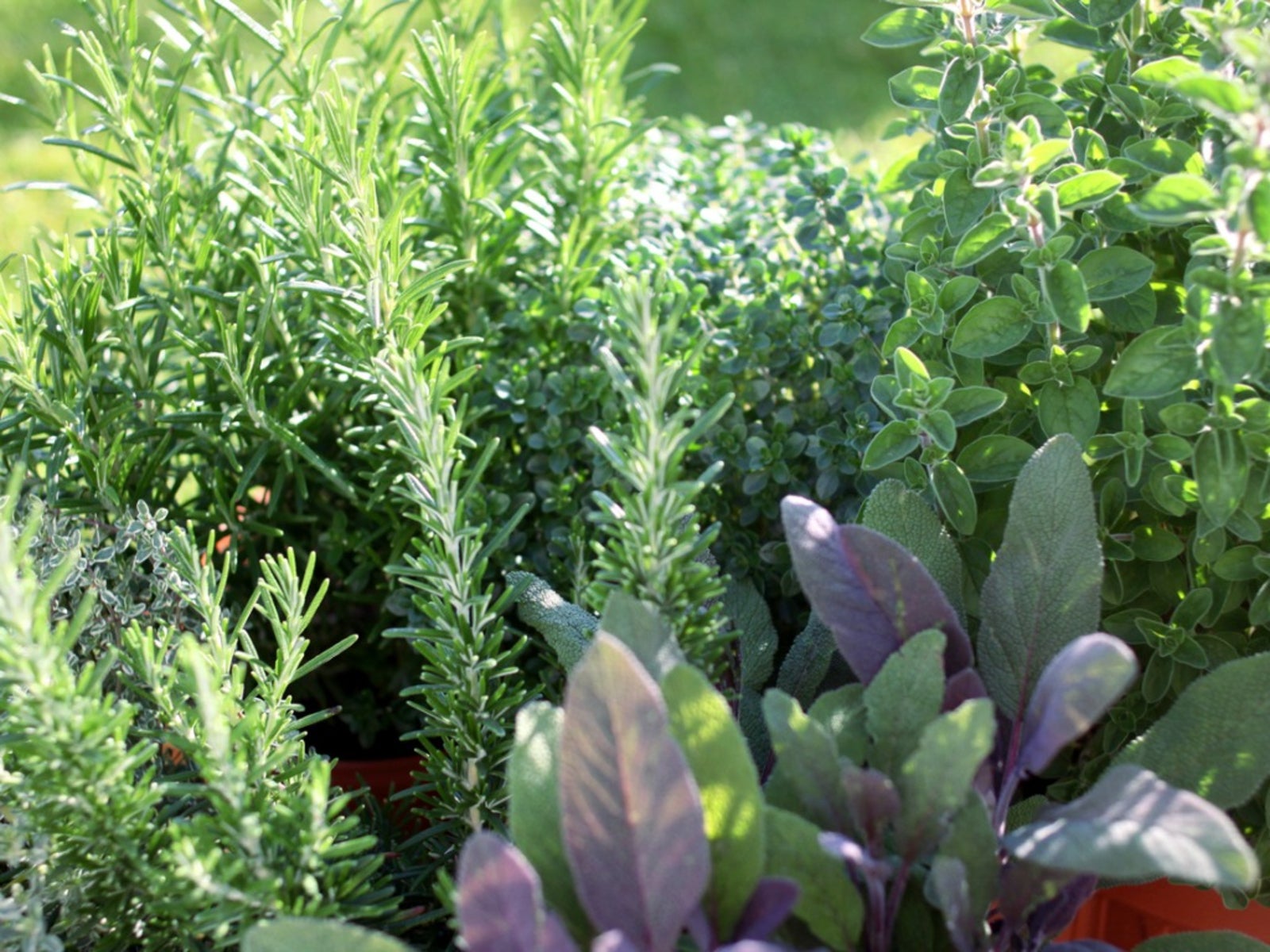

Herb garden designs vary depending on the needs and preferences of their designers. Herb garden layout also differs in regards to their overall purpose. For example, an informal herb garden can be designed alongside vegetables and other flowering plants as well as various shrubs and trees.
How to Design an Herb Garden
When designing an herb garden, you should consider how it will be used beforehand and plan accordingly. For instance, kitchen gardens should be located near the home for easy access to herbs as needed during harvesting. The most basic herb garden needs to be located in an area receiving at least four to six hours of sunlight. All plants should be easily accessible, especially when used for cooking or dried arrangements. Generally, herbal garden designs include an interesting focal point in the center such as a birdbath, fountain, sundial, etc. This also depends on its purpose and your personal taste.
Basic Herb Garden Design Themes
Themes are popular when designing an herb garden. Themes can include the use of specific colors, aromas, plants, etc. Herbs are typically chosen based on the theme. Various themes can be used to separate individual garden beds too. For instance, herbs sharing a specific color can be grouped together in one area. In another, you may have a scented herb garden filled with aromatic herb plants such as various types of mint. In addition, one might prefer different varieties of one herb plant. Another option might include a specific locale, such as an Italian herb garden filled with herbs like basil, parsley, oregano, rosemary, etc.
Formal Design Herb Garden
Formal herb gardens are also popular. This symmetrical type of herb garden uses plants to create geometric designs and textures, such as a circle or square. Herbs are typically arranged by height, color, and use with walkways or paths separating beds that are of equal size. Knot gardens are a commonly seen formal design herb garden. These gardens are often edged with low-growing hedges like boxwood. They may also include some type of statuary or topiary focal point. Spiral herb gardens take on a circular shape and are generally built up in tiers. While these are also popular, they are usually less formal in appearance.
Container Herb Garden Designs
Many herbs can be successfully grown in containers. Container-grown herbs can be designed to accommodate nearly any setting or need and are a great alternative to gardening in small areas. They can also be arranged into attractive groupings and changed around or moved as needed. There are different ways to design an herb garden. The best design is one that works for you and meets all your expectations.
Gardening tips, videos, info and more delivered right to your inbox!
Sign up for the Gardening Know How newsletter today and receive a free copy of our e-book "How to Grow Delicious Tomatoes".

Nikki Tilley has been gardening for nearly three decades. The former Senior Editor and Archivist of Gardening Know How, Nikki has also authored six gardening books.
-
 4 Superfast Composting Methods: Turn Waste Into Garden Gold In 30 Days Or Less
4 Superfast Composting Methods: Turn Waste Into Garden Gold In 30 Days Or LessTry the fastest composting methods to turbocharge your pile and transform kitchen scraps and garden waste into finished compost in just a few weeks.
By Mary Ellen Ellis
-
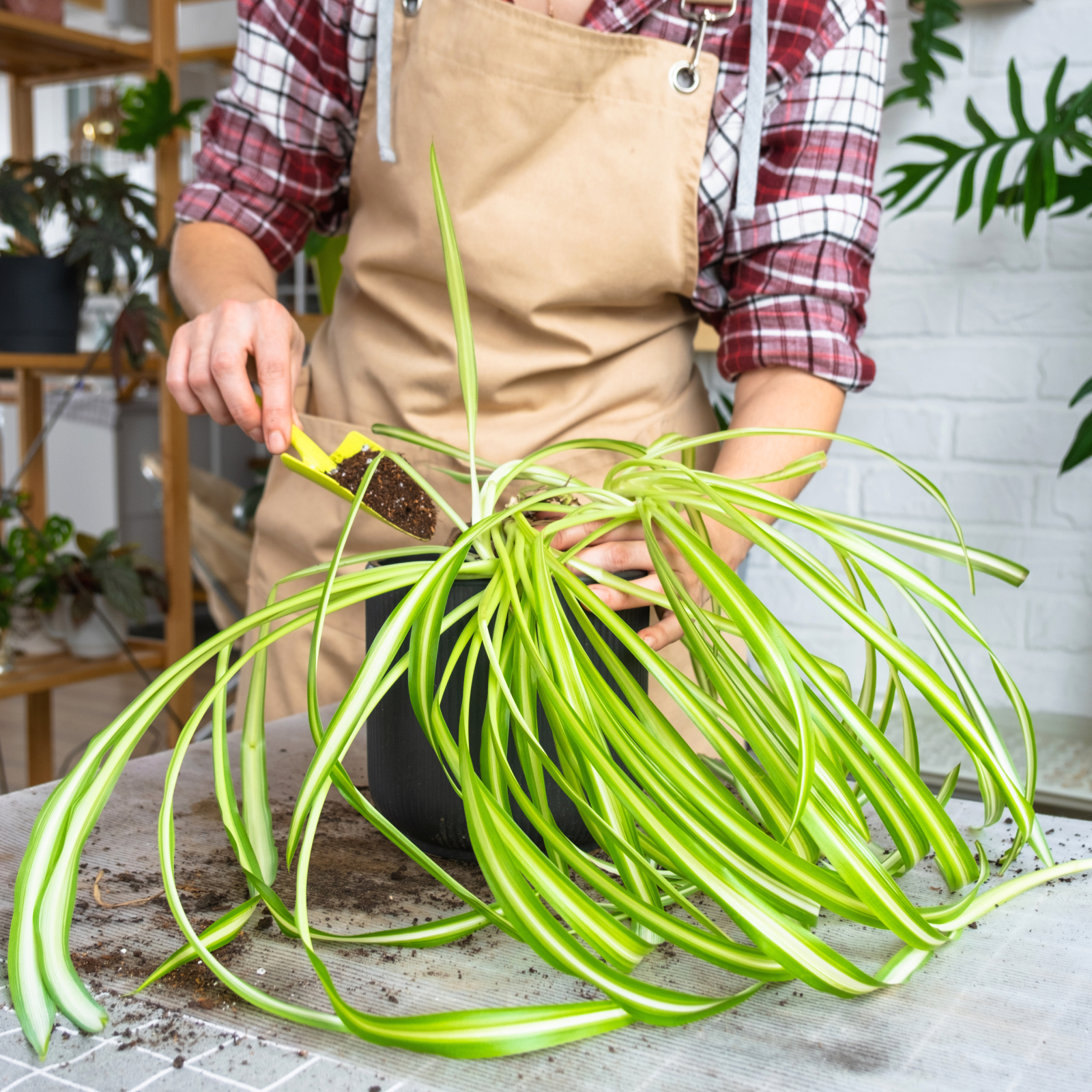 Best Spider Plant Soil – Complete Soil Guide And Expert Tips For Keeping Plants Happy
Best Spider Plant Soil – Complete Soil Guide And Expert Tips For Keeping Plants HappySpider plants are fun and easy plants to grow, but what is the best soil for a spider plant? Selecting the right soil is important so they can thrive.
By Bonnie L. Grant
-
 Grow Tasty Herbs For Roast Turkey In Your Garden
Grow Tasty Herbs For Roast Turkey In Your GardenCan you season your turkey with herbs you grow in your own garden? Yes! Click to learn more.
By Amy Grant
-
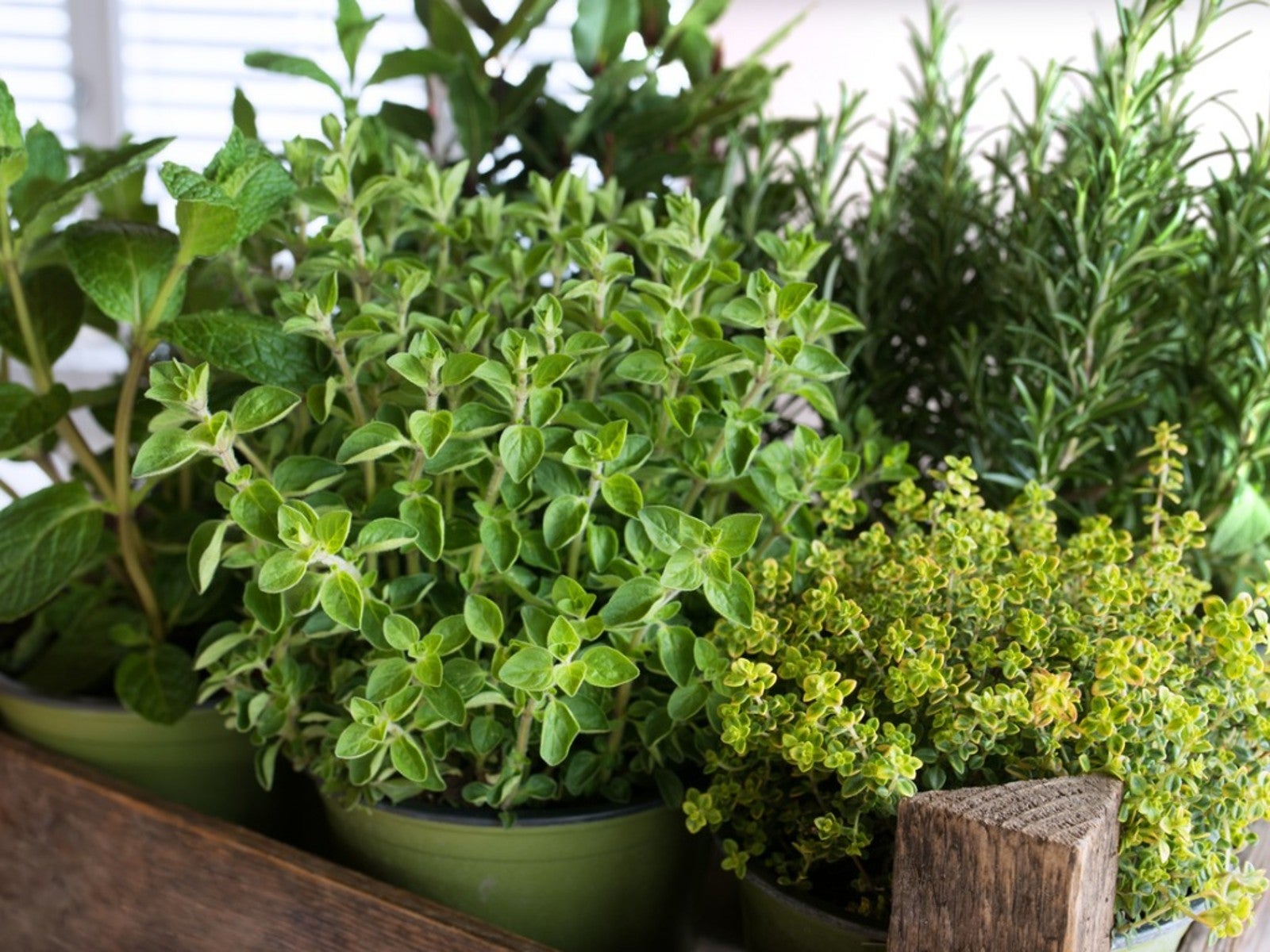 10 Easy Herbs For Beginners
10 Easy Herbs For BeginnersIf you’re new to herb growing, there are some perfect beginner herbs that are low maintenance and easy. Here are our top ten.
By Mary Ellen Ellis
-
 How To Make A Rain Gutter Herb Garden
How To Make A Rain Gutter Herb GardenOne really fun look outside the box is a hanging rain gutter herb garden. A gutter planter is a unique way to house and showcase plants.
By Bonnie L. Grant
-
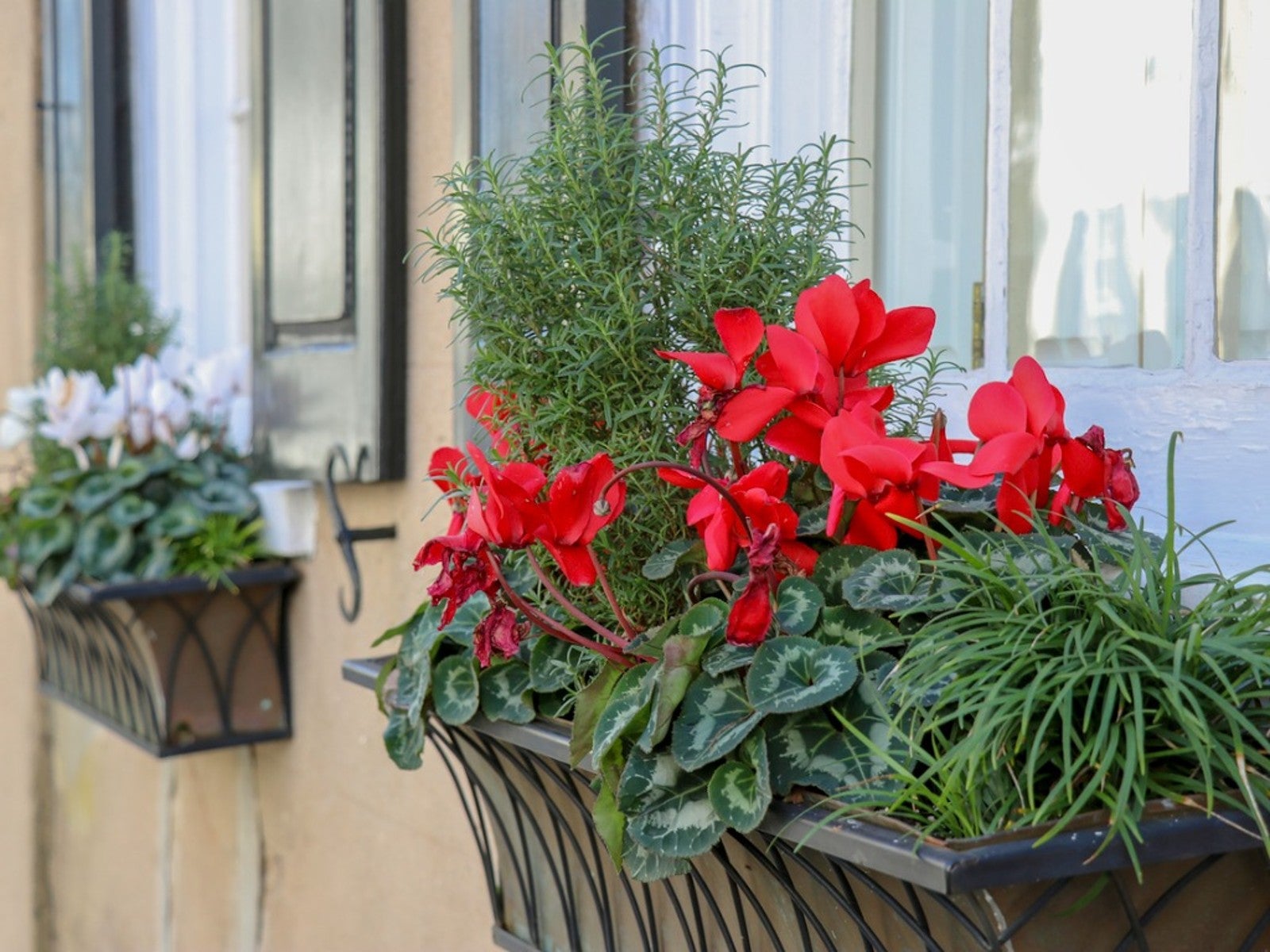 Grow A Beautiful, Edible Herb Window Box
Grow A Beautiful, Edible Herb Window BoxGrowing herbs in window boxes is a space-saving method for producing culinary ingredients for kitchen use. Click for more.
By Laura Miller
-
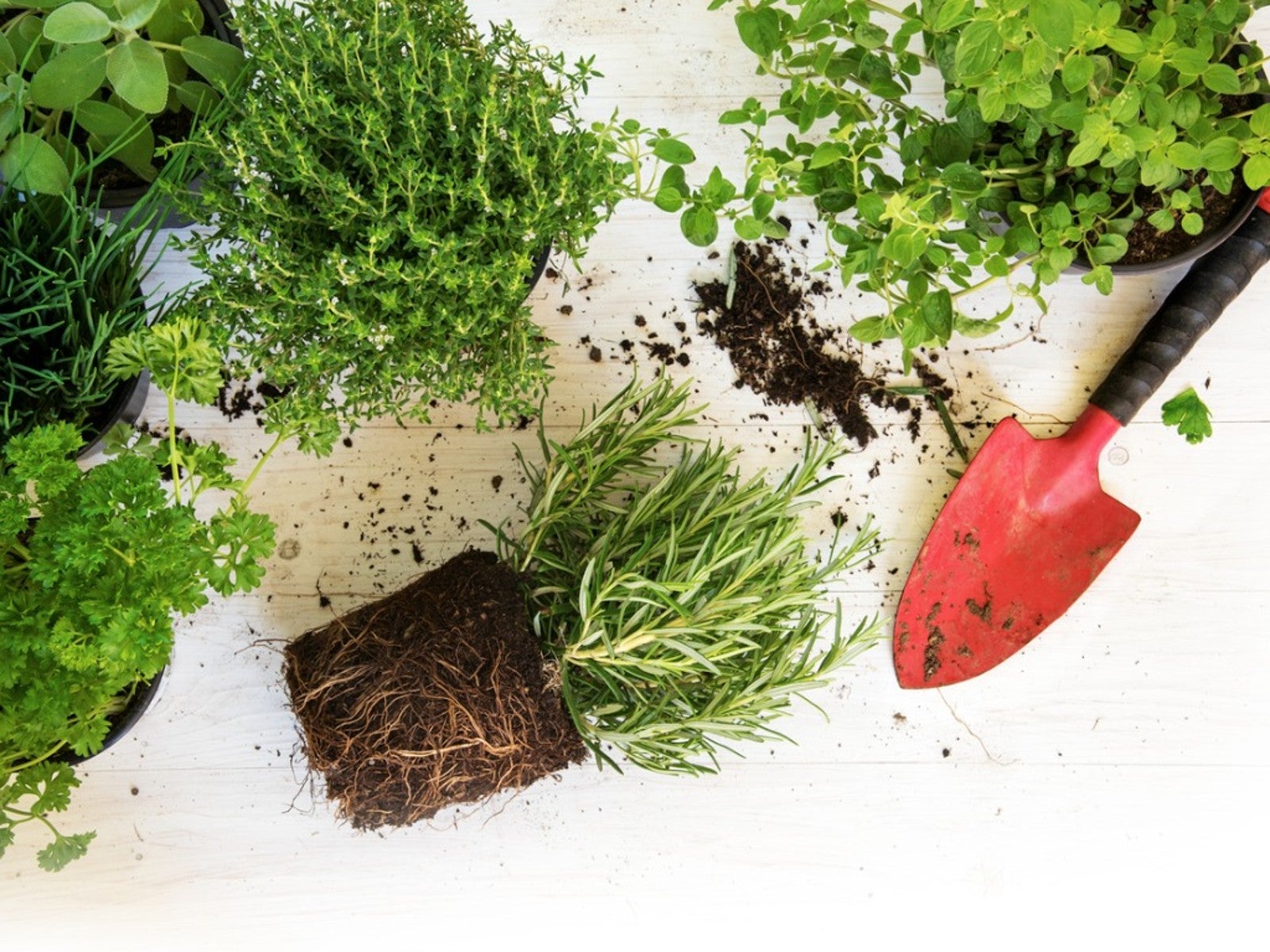 Best Herbs To Direct Sow Vs. Start Indoors
Best Herbs To Direct Sow Vs. Start IndoorsKnowing when to buy herb plants or start them from seeds or cuttings is essential to your success. Read on to learn more.
By Laura Miller
-
 Learn About The Highly Prized Silphium Herb
Learn About The Highly Prized Silphium HerbWhat if there was a perfect plant? In ancient times such a treasure existed. It was the silphium plant.
By Laura Miller
-
 Grow Healing Herbs Indoors: Combat Winter Illness With A Medicinal Garden
Grow Healing Herbs Indoors: Combat Winter Illness With A Medicinal GardenIf you are growing medicinal plants at home, did you know you also can grow an indoor medicinal herb garden? Read on for more.
By Susan Albert
-
 Grow Your Own Herbes De Provence - How To Grow, Dry, And Store Herbs
Grow Your Own Herbes De Provence - How To Grow, Dry, And Store HerbsHomemade gifts can add that special touch to any occasion, such as a jar of herbes de provence. Click here to learn how to grow and make your own for gifting.
By Laura Miller